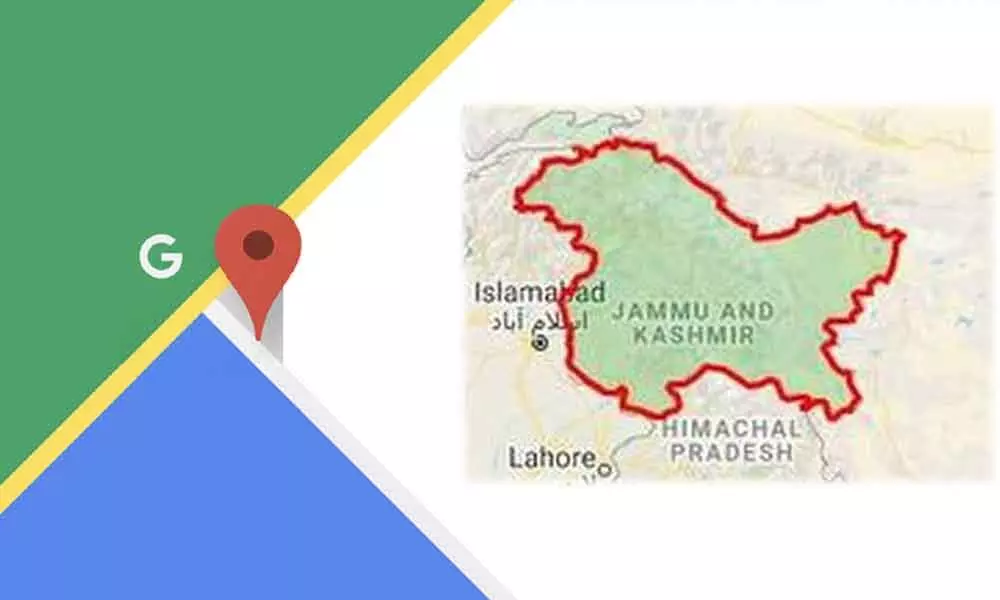Kashmir marked 'disputed' on Google Maps for people outside India

Google Maps shows Kashmir as part of India -- as long as you view it from within the borders of the country -- but for people outside the country, the outlines of the region are shown in dotted lines, suggesting it to be a "disputed" territory, The Washington Post reported.
San Francisco : Google Maps shows Kashmir as part of India -- as long as you view it from within the borders of the country -- but for people outside the country, the outlines of the region are shown in dotted lines, suggesting it to be a "disputed" territory, The Washington Post reported.
And it is not just Kashmir. Borders of several countries look different on Google Maps depending on where people view them from, said the report on Friday.
This is because Google as well as other online map makers change them.
According to Google, it follows local legislation wherever local versions of Google Maps are available.
"Our goal is always to provide the most comprehensive and accurate map possible based on ground truth," Ethan Russell, Director of Product Management for Google Maps, was quoted as saying in a statement by The Post.
"We remain neutral on issues of disputed regions and borders, and make every effort to objectively display the dispute in our maps using a dashed gray border line. In countries where we have local versions of Google Maps, we follow local legislation when displaying names and borders," Russell added.
However, Google's map making also gets influence by "the shifting whims of diplomats, policymakers and its own executives", said the report, citing people familiar with the matter.
Started 15 years ago, more than 1 billion people now turn to Google Maps to see and explore the world.
Google Maps has mapped more than 220 countries and surfaced information for about 200 million places and businesses.
Besides using satellite imagery, Google Maps also makes use of contributions made by volunteers and advanced technologies such as Artificial Intelligence and Machine Learning for its map making activities.
While Google dominates the mobile maps market, Apple Maps comes second in terms of popularity.
An Apple spokeswoman told The Washington Post that the iPhone maker is responsive to local laws with respect to border and place name labelling.

















